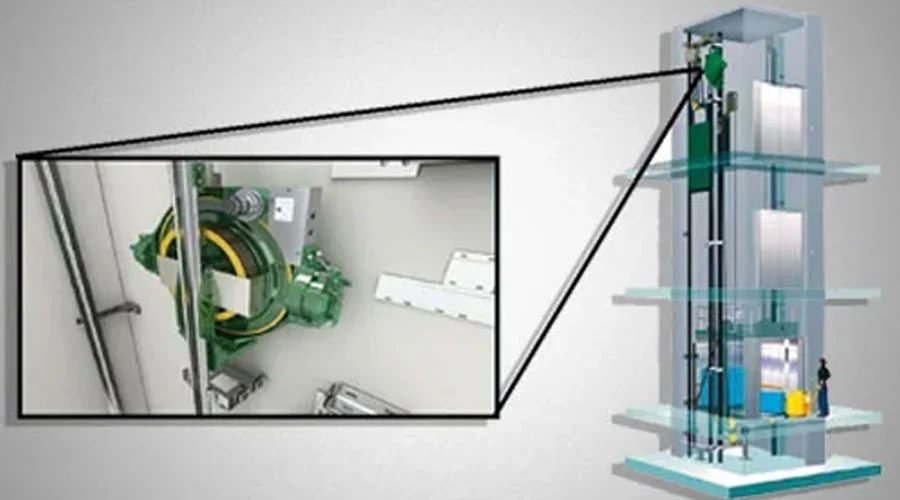Contact us today to discuss your project and experience the best in the industry!

In the world of modern construction, efficient and space-saving technologies are becoming increasingly important. One such innovation that is revolutionizing the elevator industry is the Machine Room-Less (MRL) lift. These lifts eliminate the need for a traditional machine room, typically located at the top of a building, to house the elevator's mechanical components. Instead, the machinery is integrated into the hoistway, or sometimes placed in a compact space within the building's structure. This design offers several potential advantages for both new constructions and retrofitting existing buildings. Here's why MRL lifts are becoming a popular choice for developers, architects, and building owners.
The most immediate and obvious benefit of MRL lifts is the amount of space they save. Traditional elevators require a dedicated machine room, which can take up valuable floor area, especially in buildings with limited space or in densely populated urban environments. By removing the need for this separate room, MRL lifts free up significant space that can be used for other purposes, such as additional rentable floor area or common spaces like lounges and meeting rooms.
For existing buildings, retrofitting an MRL lift can be an excellent way to improve vertical mobility without sacrificing space or making major structural changes. In older buildings, where retrofitting a conventional elevator system might be complicated, an MRL lift provides a less invasive solution while preserving the building's character and layout.
MRL lifts are generally more energy-efficient than traditional elevators. Traditional systems rely on large, power-hungry machines housed in the machine room, which can consume a significant amount of electricity to operate. In contrast, MRL lifts use smaller, more efficient motors that are often direct-drive systems, reducing energy consumption. These systems are designed to optimize power use by regenerating energy during the descent of the elevator car, which can be fed back into the building's power grid or stored for future use.
This energy-efficient design makes MRL lifts an ideal choice for buildings aiming to achieve sustainability certifications like LEED or BREEAM. By reducing a building's energy footprint, MRL lifts contribute to a greener environment and can also help lower operational costs over time.
Without the need for a separate machine room, MRL lifts often require less maintenance than traditional systems. The compact and simplified design of MRL lifts leads to fewer mechanical components that could wear out, which can translate to lower maintenance and repair costs. In addition, modern MRL systems are equipped with intelligent diagnostic tools that help detect potential issues early, enabling proactive maintenance that can prevent costly breakdowns or downtime.
For building owners, this means less money spent on repairs and more reliable elevator performance over the lift's lifespan. The decreased maintenance needs make MRL lifts a smart long-term investment.
MRL lifts tend to offer a quieter, smoother ride compared to conventional elevators. The absence of bulky machinery in a separate room means that there is less vibration and noise produced during operation. This is particularly advantageous in buildings that prioritize occupant comfort, such as residential buildings, hotels, or office spaces. The quieter operation ensures a more pleasant experience for passengers and contributes to a more peaceful environment in the building.
MRL lifts provide greater flexibility in terms of installation. Because they don't require a machine room, the lift system can be more easily integrated into existing buildings, even those with limited available space or complex layouts. The design can be adapted to different building heights, making MRL lifts suitable for a range of applications, from low-rise buildings to mid-rise and even high-rise structures.
For new buildings, the compact design of MRL lifts allows for more creative and efficient use of space. Architects can integrate the lift system into their design without compromising on aesthetics or functionality, providing greater design freedom and innovation.
Machine Room-Less lifts offer several distinct advantages over traditional elevator systems, particularly in terms of space savings, energy efficiency, reduced maintenance costs, and smoother performance. Whether you are constructing a new building or upgrading an existing one, opting for an MRL lift can bring significant long-term benefits. With their modern design, lower operating costs, and environmental advantages, MRL lifts are quickly becoming the preferred choice for many building owners, architects, and developers looking to future-proof their properties and provide a superior experience for occupants.